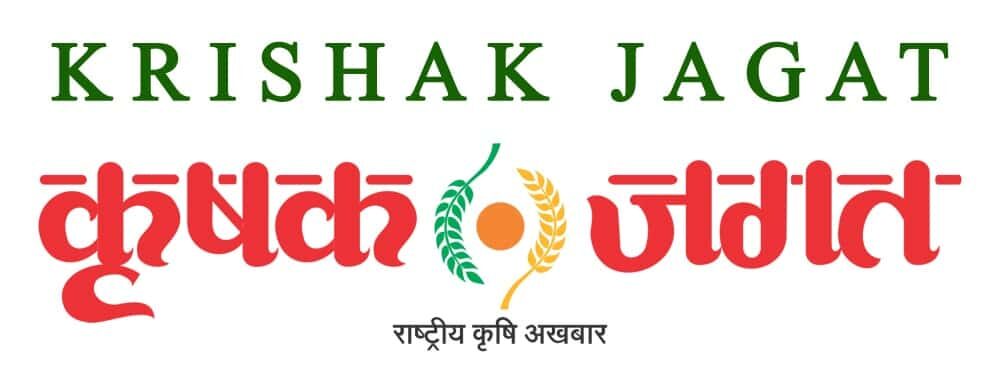Meeting with H.E. Esteban Valenzuela, Minister of Agriculture of Chile
02 May 2024, Santiago: FAO Director-General QU Dongyu met with H.E. Esteban Valenzuela, Minister of Agriculture of Chile, in Santiago to discuss

02 May 2024, Santiago: FAO Director-General QU Dongyu met with H.E. Esteban Valenzuela, Minister of Agriculture of Chile, in Santiago to discuss
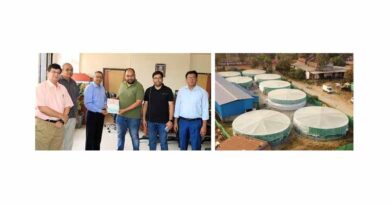
02 May 2024, Mumbai: ICAR-Central Institute of Fisheries Education, Mumbai licensed the technology of energy efficient solar powered Recirculatory Aquaculture System (RAS)

02 May 2024, Santiago: FAO Director-General QU Dongyu met with H.E. Esteban Valenzuela, Minister of Agriculture of Chile, in Santiago to discuss

01 May 2024, London: UPL Ltd. (NSE: UPL, BSE: 512070, LSE: UPLL) (“UPL”), and DECCO WW, part of the UPL Group of
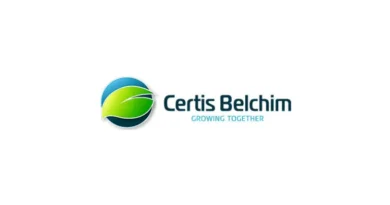
01 May 2024, Ireland: MagrowTec, the company behind the patented technology for crop sprayers, and Certis Belchim, a leading global provider of
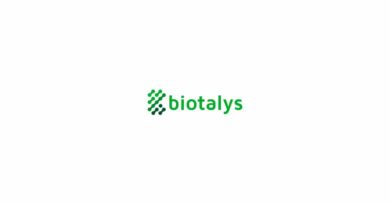
Agricultural executive with global financial and commercial expertise 30 April 2024, Belgium: Biotalys (Euronext – BTLS), an Agricultural Technology (AgTech) company developing
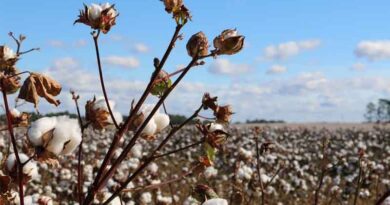
Guest Author: Raghavan Sampathkumar, Executive Director, Federation of Seed Industry of India (FSII) 26 April 2024, New Delhi: India needs to focus
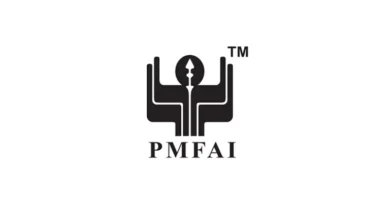
30 April 2024, New Delhi: The Pesticides Manufacturers & Formulators Association of India (PMFAI), a national association representing the Agrochemical Industry, has
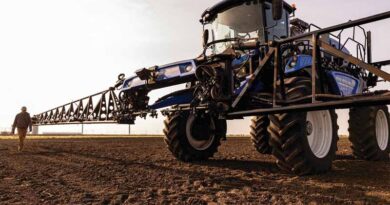
01 May 2024, Brazil: New Holland has devoted a key area of its stand at the 29th edition of Agrishow, the largest

30 April 2024, Washington: Researchers have discovered a new mechanism of oil biosynthesis and found a way to genetically engineer a type

11 April 2024, Brazil: AllierBrasil has announced its highly anticipated 15th Brasil AgrochemShow. Taking place on the 13th and 14th of August 2024 in São Paulo,
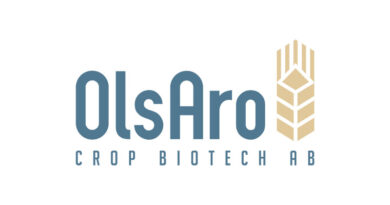
20 April 2024, Sweden: OlsAro, a Swedish agtech startup developing crop varieties that are resilient to environmental stressors, has raised a €2.5 million

26 April 2024, Switzerland: A recent paper from the FiBL Switzerland demonstrates that organic production systems in the tropics are as profitable
